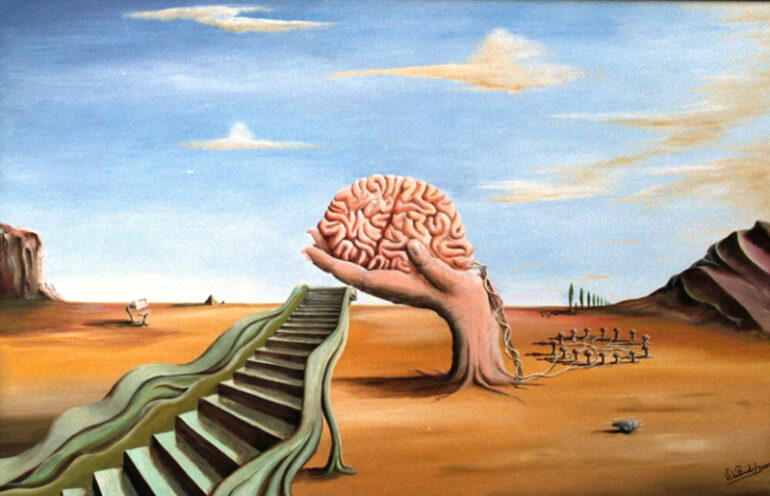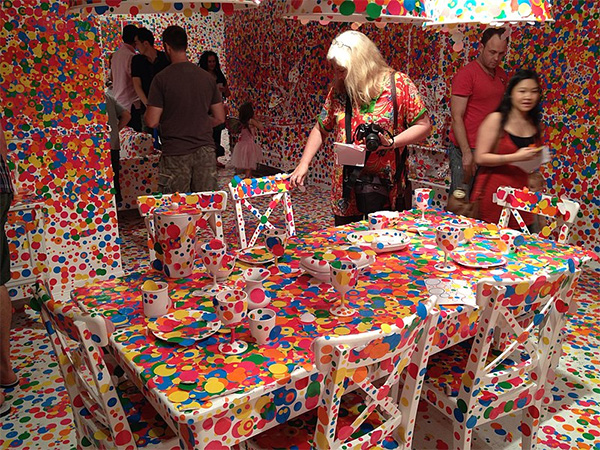Even in today’s world, Surrealism continues to mesmerize and ignite the creative spirits of both artists and spectators, remaining an influential artistic movement that originated in the early 1900s. Through its defiance of conventional perceptions of reality and its deep dive into the depths of the subconscious, surrealism unveils a boundless realm brimming with infinite potentialities. This article delves into the exploration of surrealism’s lasting significance and influence on contemporary art, literature, and popular culture, highlighting its enduring relevance and impact.
The origins of surrealism
To understand surrealism’s significance today, we must examine its origins. The movement of Surrealism came into being following the conclusion of World War I, amidst a period characterized by significant societal and political turbulence. The Surrealists utilized Freudian principles as a foundation for delving into the depths of the human psyche, investigating the enigmatic and illogical facets of our existence. Pioneers of this movement, including Salvador Dalí, René Magritte, and Max Ernst, created visually striking and thought-provoking works that challenged conventional artistic norms, thus becoming renowned artists.
Surrealism in contemporary art
Continuing to thrive in the art world is surrealism, in the modern age. The incorporation of surrealist techniques and themes into their work is a common practice among many contemporary artists. Common features found in contemporary surrealistic art include the use of juxtaposition, unexpected combinations, and dreamlike imagery. Yayoi Kusama, recognized for her immersive installations, and Banksy, famous for his thought-provoking street art, have effectively integrated surrealistic aspects into their works, expanding the limits of artistic expression.
Surrealism in literature
Surrealism isn’t just about eye-catching paintings – it’s made a splash in the world of literature too. Imagine blending everyday life with a pinch of fantasy – that’s just what authors like Gabriel García Márquez, Haruki Murakami, and Jorge Luis Borges have done. Using a sprinkle of magical realism and dreams that feel all too real, they whisk readers off to places where the usual turns utterly unusual. Reading their stories isn’t just about following a plot; it’s an invitation to question what we know and how we see the world.
Surrealism in popular culture
Surrealism has influenced popular culture, seen in films, music, and fashion. David Lynch and Terry Gilliam use surreal aesthetics to blur the line between dreams and reality in their films. Music videos by artists like Björk and Radiohead enhance the visual experience through surreal imagery and symbolism. Fashion designers like Alexander McQueen and Iris van Herpen have embraced surrealistic elements, creating garments that challenge traditional notions of beauty and form.
The enduring relevance of surrealism
In the modern age, surrealism, despite its age of over a century, continues to be relevant. Continuing to resonate with audiences, its capacity to challenge reality, stimulate thought, and elicit emotions remains unchanged. Amidst a frequently turbulent and capricious world, surrealism presents an opportunity for respite, a means to delve into the intricacies of the human mind and comprehend the unfathomable. Surrealism challenges our perceptions and expands our understanding by embracing the irrational and subconscious.
Surrealism has had a lasting impact on art, literature, and popular culture since the early 20th century. With its global appeal, the power of captivating audiences, challenging reality, provoking thought, and inspiring creativity has been crucial. Surrealism prompts us to see beauty in the unexpected and shows that dreams can come true.
Photo Attribution:
1st & featured image by Willem den Broeder – Own work, CC BY-SA 4.0, https://commons.wikimedia.org/w/index.php?curid=56999822
2nd image by Stephan Ridgway – https://www.flickr.com/photos/stephanridgway/6579561535/, CC BY 2.0, https://commons.wikimedia.org/w/index.php?curid=95804337

